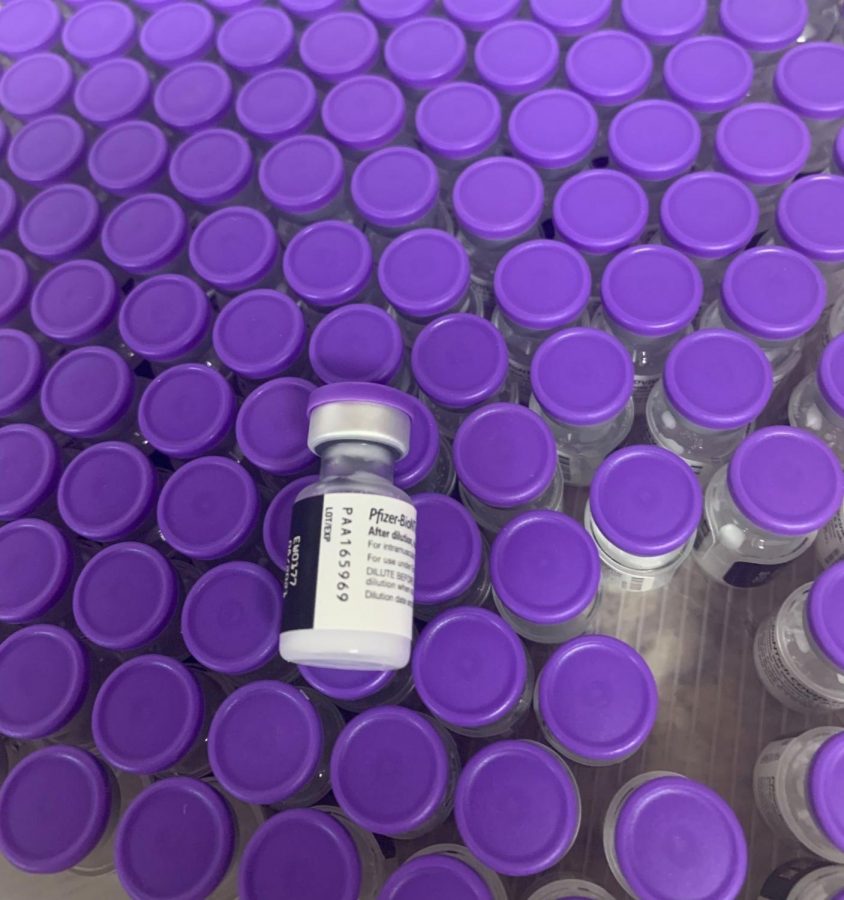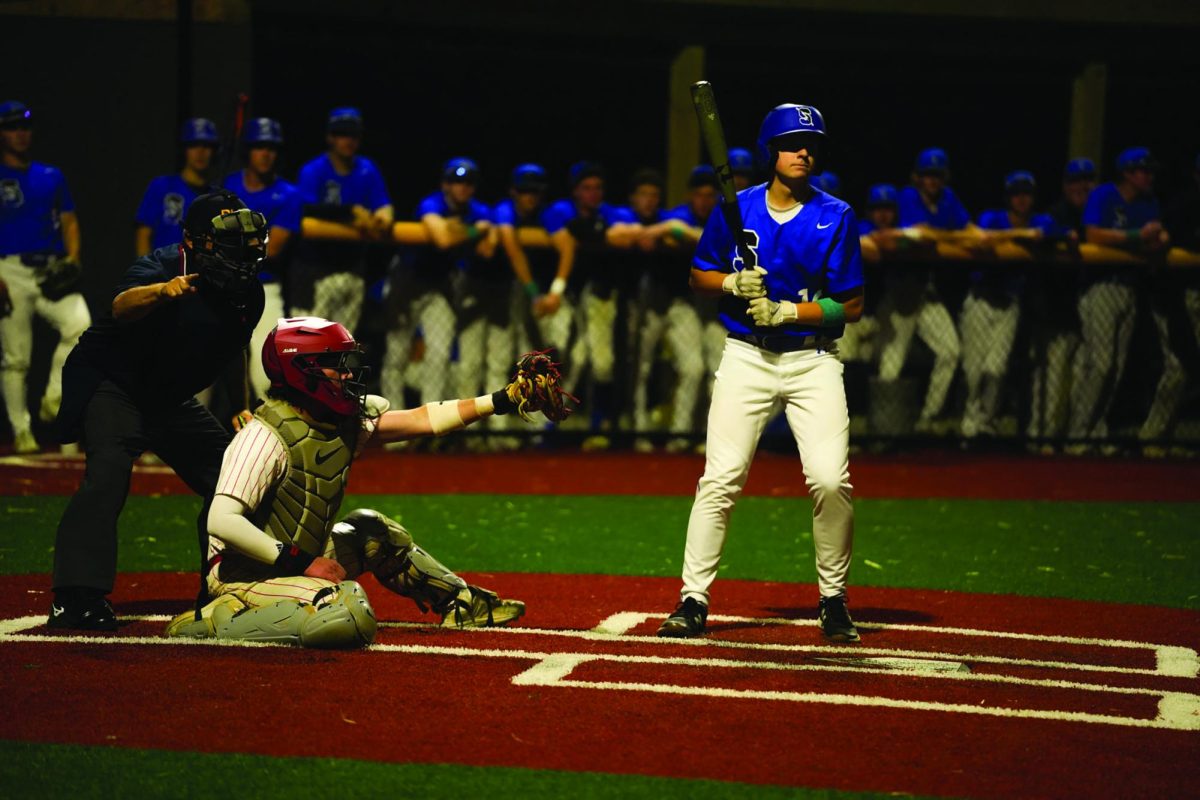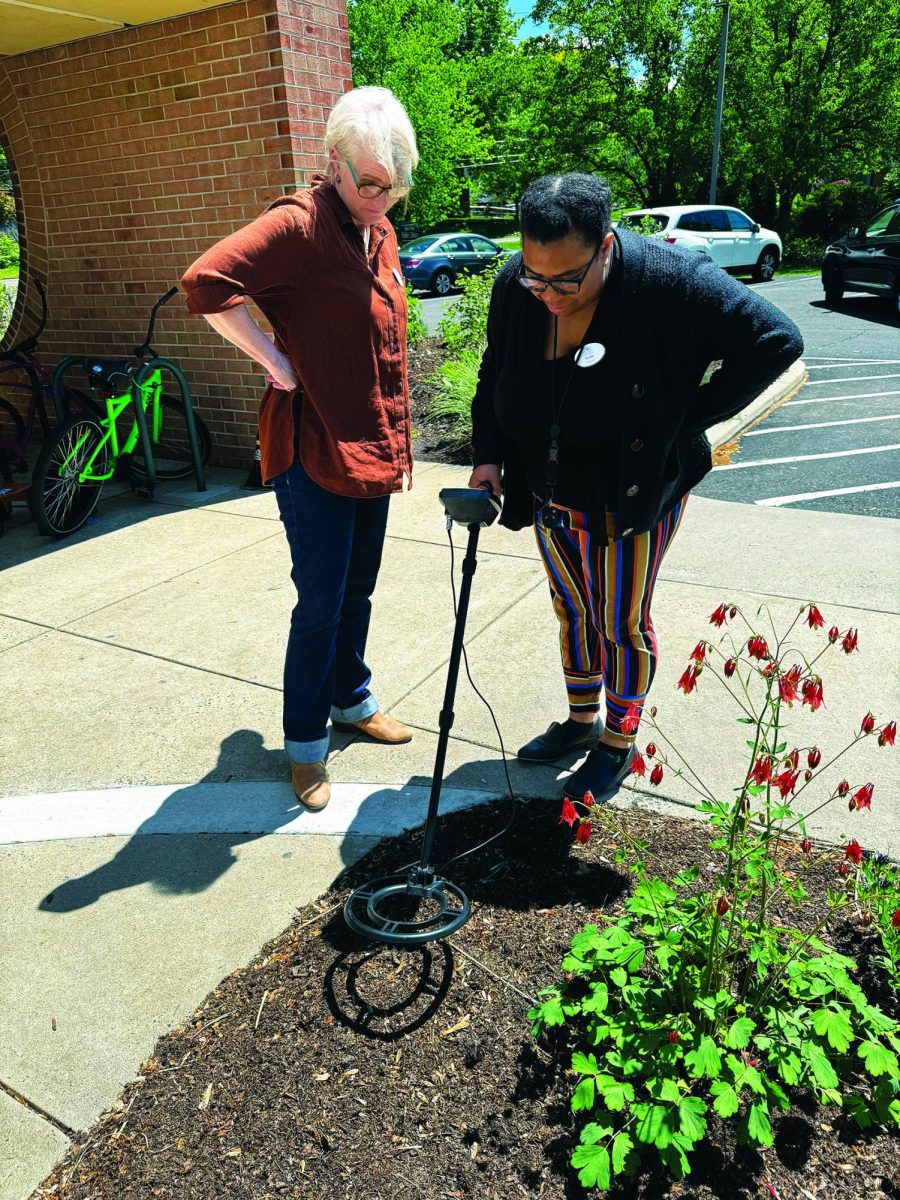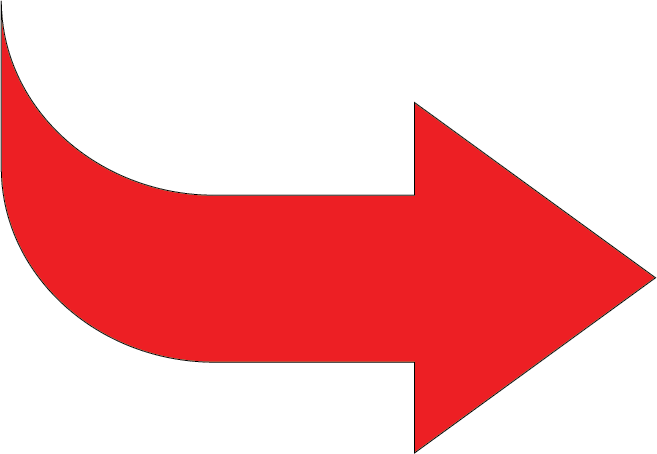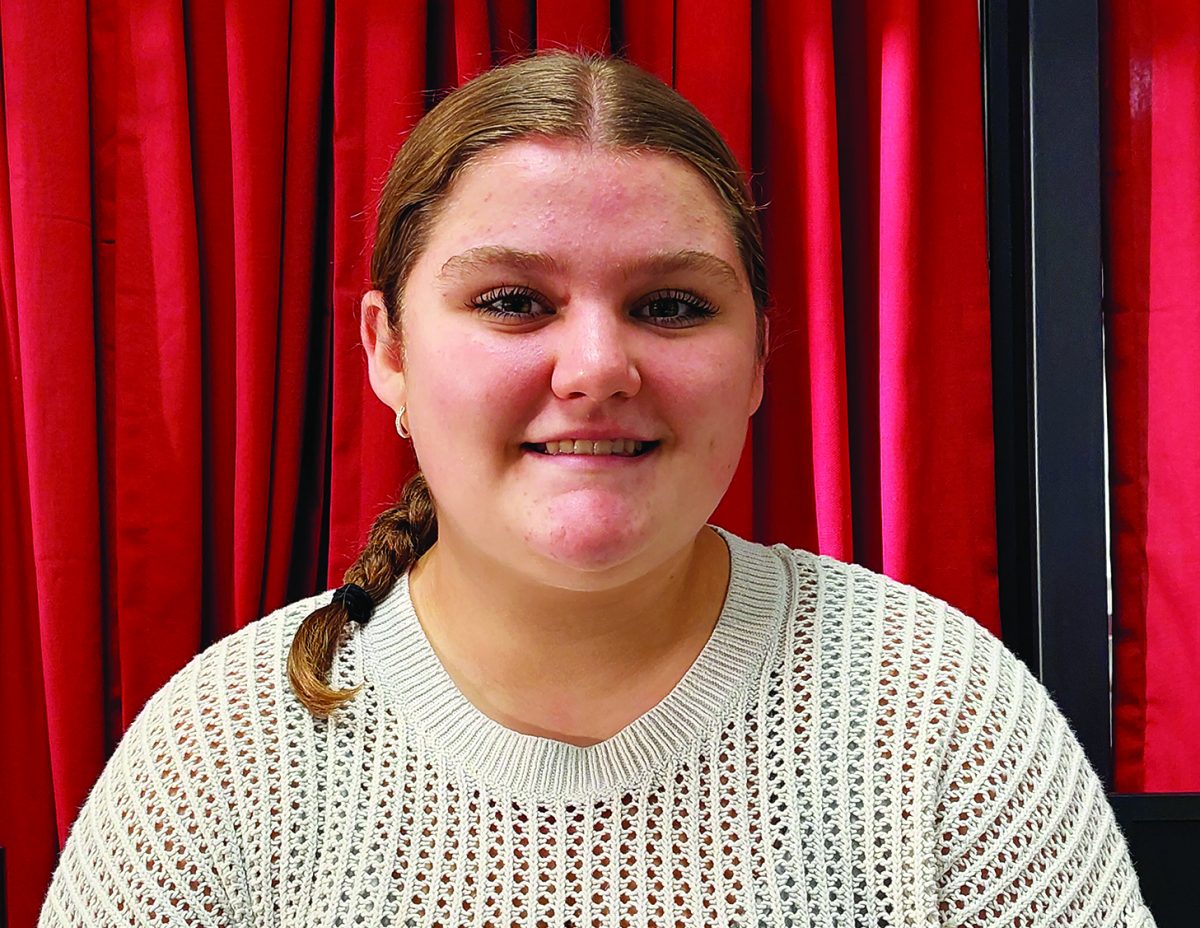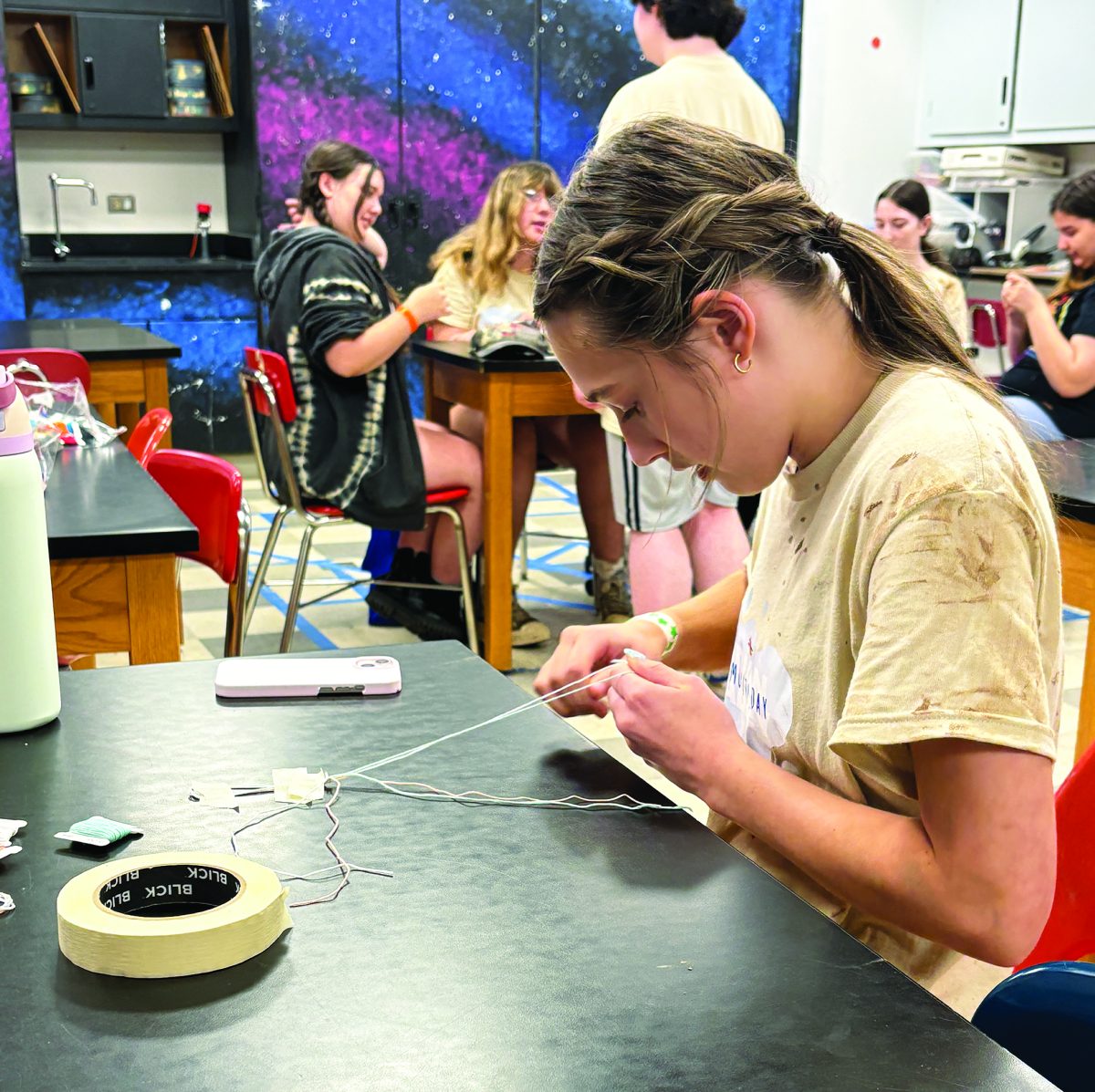To provide low-income countries with COVID-19 relief, global vaccine distribution efforts during the pandemic have been more effective and efficient than ever before because of recently developed technologies and cooperation.
With the current demand for COVID-19 vaccines worldwide, unlikely partnerships have arisen. One such partnership is Merck making an agreement to produce Johnson and Johnson COVID-19 vaccines in two of their production facilities.
According to Merck vaccine manufacturer John Wilson, the two companies have always been rivals but to increase vaccine output they are now working together.
The deal between these pharmaceutical companies was even addressed by President Joe Biden, Wilson said.
Wilson appreciates Merck’s decision to team up with Johnson and Johnson for COVID-19 vaccine production.
“That is something that we are very proud of at Merck. That we said, ‘Hey you know what, we are going to make this vaccine as a service to the world,’” Wilson said.
According to former vaccine researcher Kim Wilson, the discovery of the mRNA vaccine archetype has led to a quicker vaccine distribution than ever before.
Unlike the majority of previous vaccines produced before the pandemic, which use weakened or dead viruses, Moderna and Pfizer vaccines use mRNA which can code for COVID-19 proteins [which simulate anitbodiei against the virus] in the body, John Wilson said.
According to John Wilson, the process of finding a weakened enough virus that will not harm the recipient but yet can still provide viral protection is a process of trial and error, which takes years.
MRNA vaccines skip over this entire process.
Due to mRNA technology, COVID-19 vaccines have been able to be produced much quicker than former vaccinations.
COVID-19 vaccines have been primarily bought and distributed through bilateral deals between a country and a company manufacturing a vaccine.
Social studies teacher Amanda Gale said that bilateral deals are when a country makes a “sort of sales pitch” to a company in order to purchase large quantities of a product.
In one such bilateral agreement the United States government made with AstraZeneca, over 300 million doses of vaccines were bought with $1.2 billion dollars.
Science teacher Patrick Murphy said that vaccine manufacturers are distributing vaccines to richer countries because of the nature of bilateral agreements.
“Countries want what is best for their people, and companies need resources to produce the vaccines,” Murphy said.
According to Murphy, vaccine allocation is very complicated because one country is not more deserving over another country for these vaccines. However, if a country has the resources to outcompete another country, it will do so to provide for its people.
COVAX, which is an organization formed by the World Health Organization, aims to distribute two billion vaccine doses to 92 different low-income countries.
COVAX wants to use money and resources gathered from its over 180 partnered countries in order to get vaccines and COVID-19 aid out to poorer parts of the world.
The Biden administration announced that the United States government will be supplying over $4 billion dollars of aid to COVAX, with $2 billion already donated and another $2 billion by the end of 2022
As of May 21 COVAX has delivered 69 million doses to partnered countries around the world.
According to Merck senior chemical engineer Frank Cacaccio, vaccines must be kept at incredibly low temperatures.
These low temperatures must be maintained throughout a vaccine’s entire export process with “hypercare” or else the entire shipment is discarded, according to Cacaccio.
For recent shipments Merck has been using liquid nitrogen to keep vaccines cooled to their required temperatures, which can get as low as minus 170 degrees Celsius, Cacaccio said.
According to Kim Wilson, challenges with keeping vaccines at their required temperature arise when transporting vaccines worldwide.
“In hotter countries with less developed infrastructure such as India there are not going to be as many places where vaccines can be stored at minus 20 or minus 40 degrees Celsius,” Kim Wilson said.
COVID-19 vaccine distribution advancements create easier worldwide vaccination access
Through technological breakthroughs and mass cooperation, COVID-19 vaccine producers have been able to distribute doses more efficiently than ever before. Organizations hope to provide vaccines to poorer countries despite geographical setbacks.Through technological breakthroughs and mass cooperation, COVID-19 vaccine producers have been able to distribute doses more efficiently than ever before. Organizations hope to provide vaccines to poorer countries despite geographical setbacks.
***Chilling in the freezer…****While you may not be able to find Pfizer’s COVID-19 vaccines at your local grocery store, you can find them in bulk at minus 100 degree Fahrenheit temperatures in pharmacies throughout the world.*
*Photo reprinted with permission from Kathy Walsh*
0
More to Discover
About the Contributor
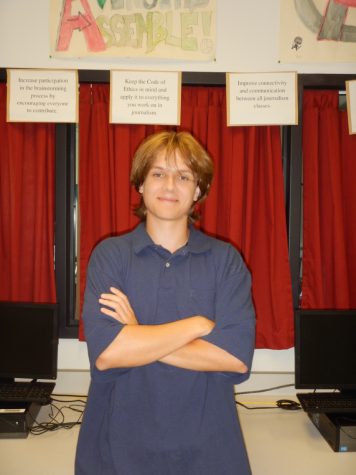
Patrick Rother, Co-Editor-in-Chief

